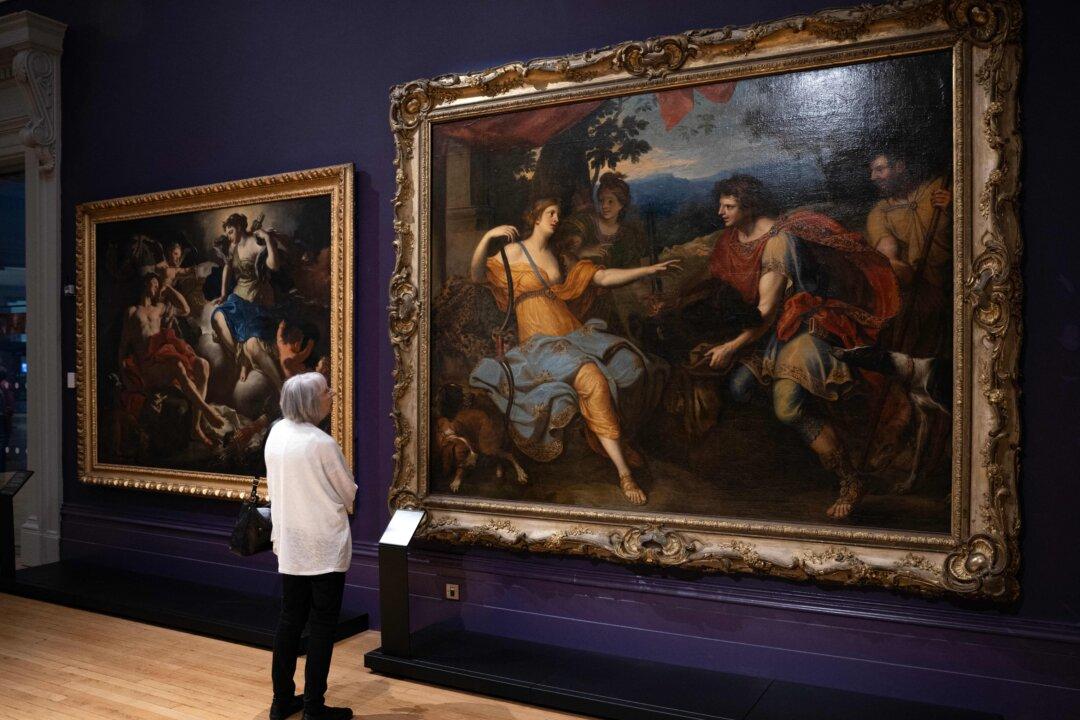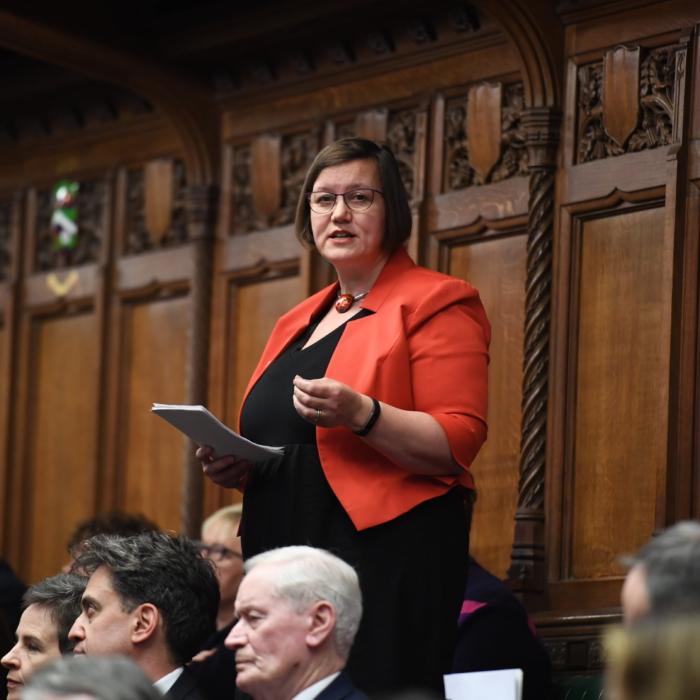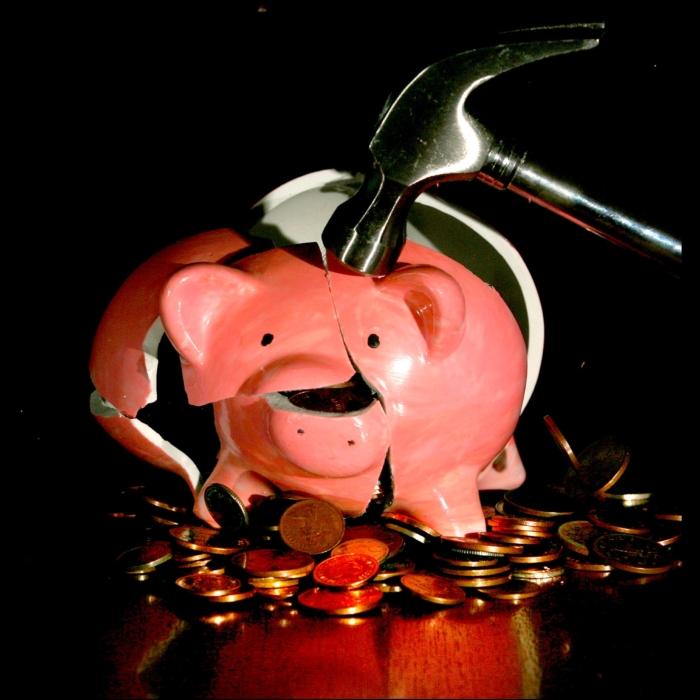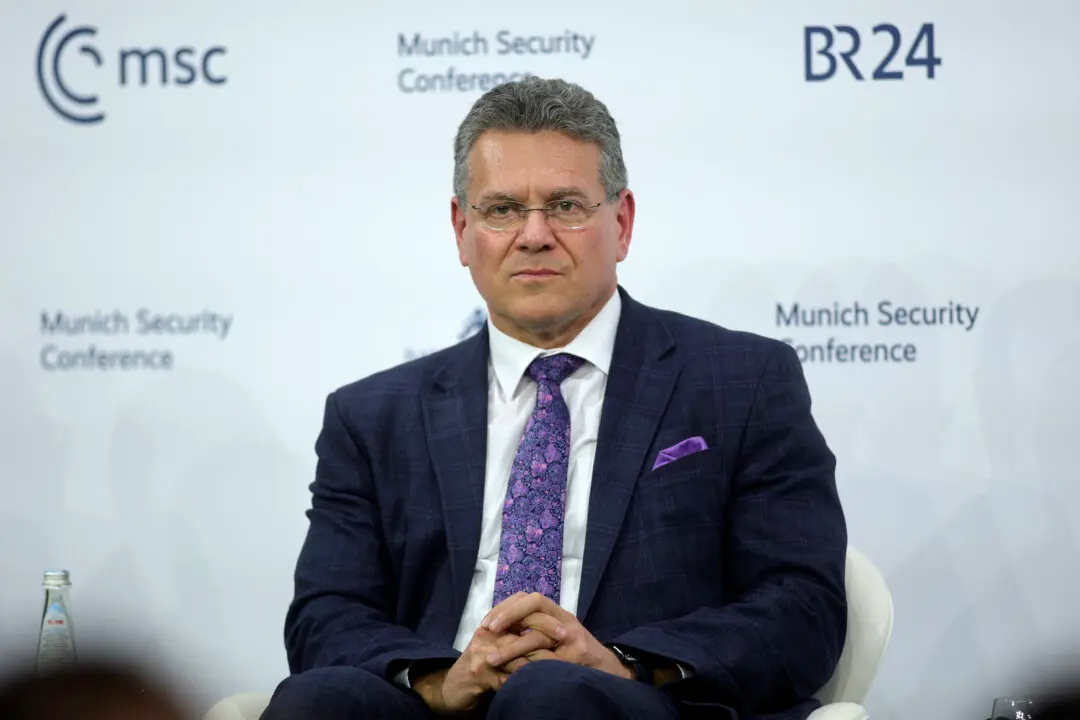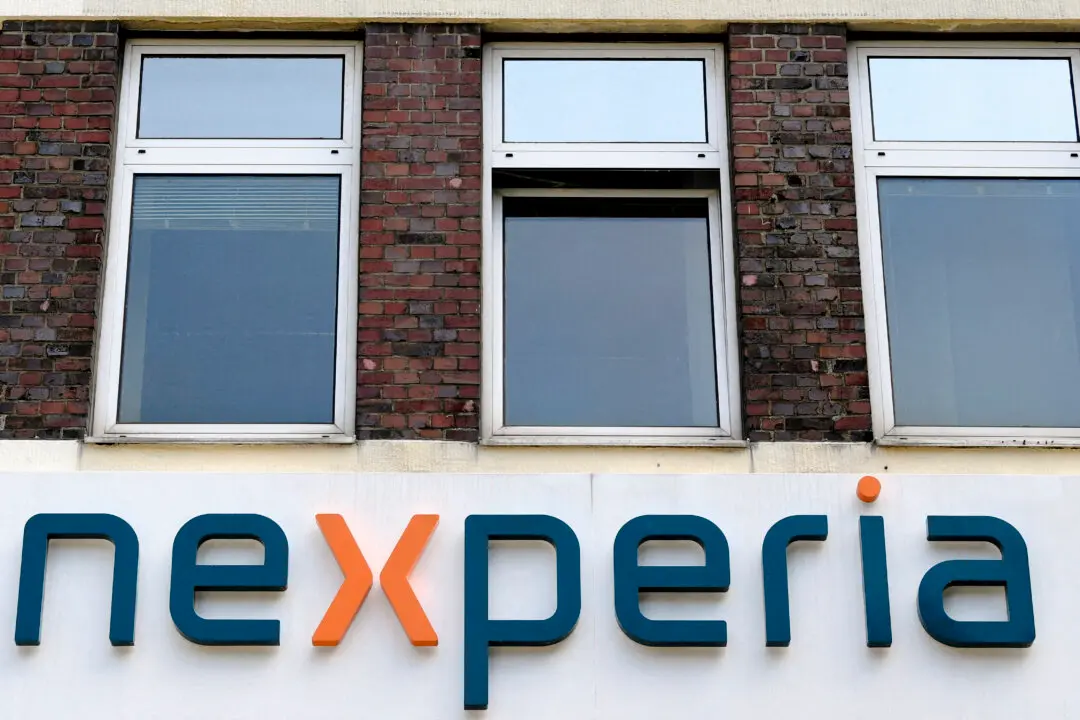Councils across the UK were urged on Monday to sell their not-on-display art collections amid concerns over their finances.
Campaign group the Taxpayers’ Alliance said its research found that local authorities are sitting on nearly 2 million pieces of art, worth almost £1.5 billion, but only 28 percent of the works are on public display.
According to the Taxpayers’ Alliance, local authorities are in possession of at least 1,854,518 pieces of art in total, or 6,265 pieces each.
They include artworks in museums, galleries, libraries, and other locations such as council headquarters, sports and leisure centres, and schools that are under local authority control.
The figure came from 339 councils that responded to the 397 Freedom of Information requests Taxpayers’ Alliance had made by Feb. 9.
The largest collection was held by Durham County Council, which said it owned 500,000 pieces of art. Taxpayers’ Alliance said the collection is the same size of the Louvre in Paris, and “many times larger than the National Gallery, London,” which is the home of over 2,300 paintings.
Councils have also been asked about the value of their collections.
The total value of the artworks was estimated to be £1.5 billion, or £8.7 million for each council, the research found.
Few Artworks on Display
Taxpayers’ Alliance noted that some councils provided the insurance value of their collections while others provided an assessed or assumed market value. It also noted that some councils don’t know the collections’ insurance value because they used group insurance policies, and some declined to provide a figure over concerns that the information would lead to increased crime relating to the pieces.The campaign group also said that 12 councils didn’t have any of their artworks on display, and some others displayed very few.
Cambridgeshire County Council, which owned 68,556 pieces of art, only had 17 on display, and Manchester City Council displayed 3.3 percent of its collection, according to the research.
The report also listed 10 councils that acquired the most artwork between the year 2020/21 and 2022/23. Wakefield ranked number one with 213 acquisitions during the year.
Commenting on his findings, Mr. Eida said they “won’t paint a pretty picture for hard-pressed taxpayers who have been hammered year after year by record-busting council tax hikes.”
“Town hall bosses across the UK claim to be on a path to bankruptcy, yet far too many are prioritising art collections over bin collections,” he said.
“Councils should ensure that their art holdings are on public display, or consider selling them to replenish depleted coffers.”
Calling on more central government funding in December last year, the Local Government Association warned that almost one in five local government leaders believed their council was likely to effectively go bankrupt in that financial year or the following year.
A spokesperson for the Local Government Association told The Epoch Times: “Councils know their residents treasure local art and do a huge amount of work to maintain and display pieces. However, amid significant funding pressures many are having to make extremely difficult decisions as they seek to keep providing vital services.”
Another body representing councils in England, the County Councils Network (CCN), said seven in ten local authorities were not confident they would be able to balance the books in the coming year.
The government later pressed ahead with a £64 billion settlement, which CCN said was “bitterly disappointing” and warned of hikes in council taxes.
Earlier this year, Birmingham Council said it planned to sell £750 million of assets and increase council tax to 9.99 percent in a bid to balance its budget.
